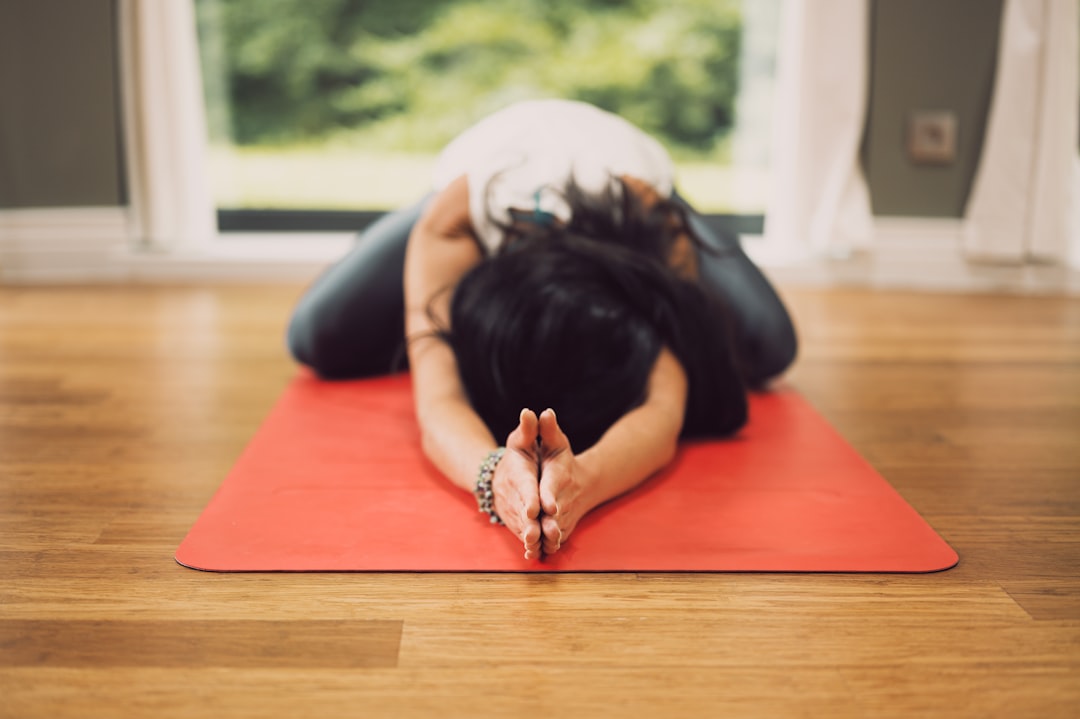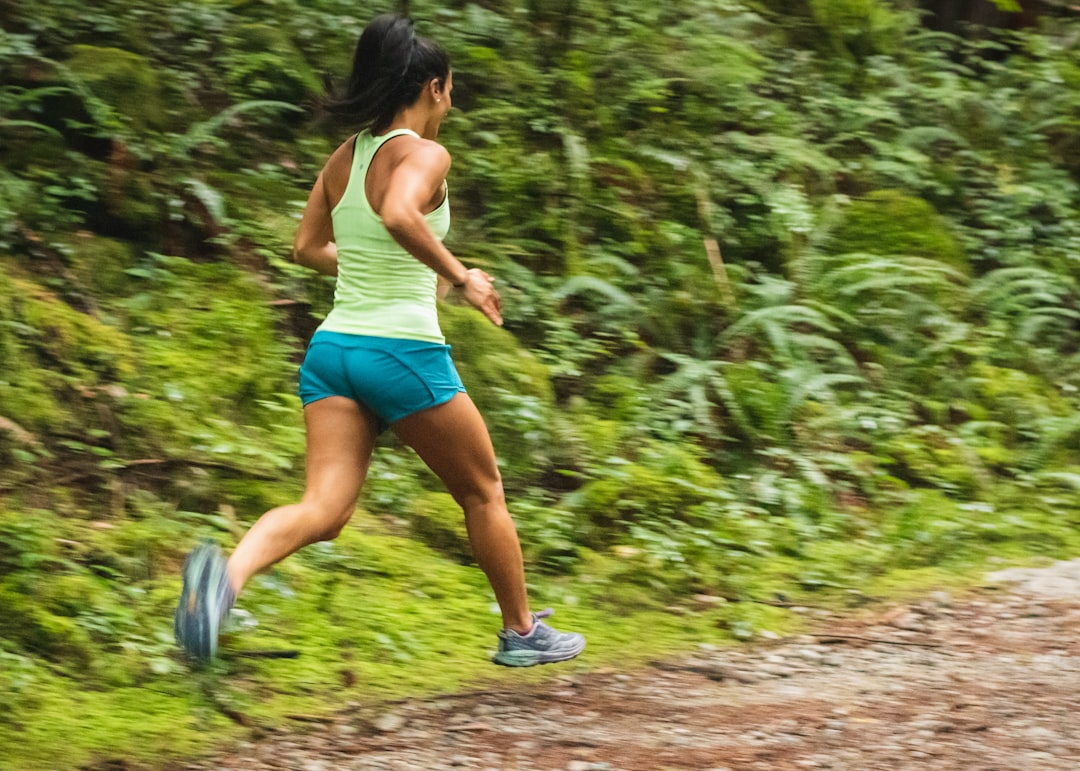The Importance of Flexibility & Stretching for Overall Fitness
Jun 2, 2021
by Sarina Mizutani
When we think about developing our physical fitness, we often focus heavily on cardiorespiratory conditioning (ex. running) and development of muscular strength (ex. resistance training). Flexibility, however, is equally as important when it comes to reaching your optimal physical wellbeing, though it is very often overlooked. Your level of flexibility deeply affects your body’s ability to succeed in cardio and resistance training. Mobility is one of the most important factors when it comes to being able to perform and maintain almost any exercise.
To be more specific, flexibility refers to the range of motion a joint is capable of performing as a result of the muscles crossing it. For example, your hip flexibility is not actually determined so much by the structure of your ball-and-socket hip joint, but rather by the muscles surrounding this joint (hip flexors, gluteus muscles, etc.) When it comes to yoga, it is pretty clear that flexibility is important for a strong physical practice. We must keep in mind that flexibility and mobility are just as important when it comes to other forms of physical activity as well. Here is some more information on the important benefits that flexibility training can bear on your physical health:
Improved ROM (Range of Motion)
Improving the ROM of any joint has a multitude of benefits that even extend beyond fitness training. An improved ROM can help to improve balance and boost speed and agility. This allows for improved athletic performance in sports and training.
Improved ROM also helps remove overall stiffness in the body to facilitate better functional movements (movements required to perform everyday tasks). Functional movements include actions such as reaching, bending, lifting, squatting, etc. As we age, if we do not regularly practice these movements, they become more difficult to perform, making it harder to function in day-to-day life. As the saying goes, “use it or lose it”! Regular flexibility training can help make it easier for the muscles to perform functional movements, and reduces the risk of injury while performing doing so!
Improved Posture
Most muscles in the body can be grouped into pairs consisting of an agonist (muscle that performs a certain movement) and antagonist (muscle which performs the opposite movement). For example, a commonly-known agonist/antagonist pairing consists of the biceps brachii and triceps brachii of the upper arm. When it comes to flexibility, there is a principle called reciprocal inhibition, which states that when the agonist muscle activates, the antagonist muscle is temporarily inhibited to allow the movement to happen. When your bicep contracts, your tricep relaxes, and vice versa. This is why you cannot find an exercise that isolates both upper arm muscles at the same time.
These agonist/antagonist pairings are at play even when we are not exercising or paying attention to them. This is how bad posture habits develop. When we frequently use one muscle as an agonist, it gets used to being in a flexed & tense position and becomes chronically tight, causing flexibility issues. At the same time, the antagonist is constantly inhibited, causing the antagonist muscle to actually weaken over time. For instance, when we sit all day, the hip flexor muscles (on the front of the hip) remain in a short, tight position; while the glute muscles (on the back of the hip) remain inactive and stretched out. This is why many people have issues with tightness in the front and side of the hips, but at the same time experience weak glute muscles.
In fact, across the population, we can see common patterns relating to these postural imbalances. One such pattern is called upper crossed syndrome, which affects the muscles in the neck and shoulders. Upper crossed syndrome is often a result of slouching over a computer screen or the steering wheel of a car, resulting in a forward slouching position. It presents itself as a curved upper back and jutting-forward head position. This position is a result of shortened/overused abdominal muscles, pectoral muscles, and upper trapezius muscles; and weakened/underused upper back muscles, lower trapezius, and serratus anterior (muscle that runs under your armpit). In order to counter this pattern, one would have to stretch out the pectoral, abdominal and neck muscles. Stretching out these muscles would help reduce this postural imbalance.
Lower crossed syndrome affects the pelvic, hip and lumbar spine regions in the lower body. The hip flexor muscles and lower spine muscles become tight and overused (from sitting with improper posture), while the gluteus and hamstring muscles become weakened and underused, resulting in a postural imbalance. Stretching the tight muscle groups would help alleviate the postural condition and allow for weight distribution and muscle usage to be balanced more easily throughout the body.
If not addressed, both of these patterns can affect important bodily functions like breathing patterns, spinal health, balance, stability and weight-bearing. These imbalances can also restrict muscular contraction and as such can also decrease athletic and fitness performance.
Improved Muscle Efficiency and Recovery
Stretching teaches your muscles to better respond to lengthening, allowing for more efficient movement. This means less energy is used to create the movement through the full range of motion, so energy can be repurposed to workout harder or longer.
Stretching also reduces blood flow to a muscle while the stretch is being held, then creates a surge of blood flow suddenly once the stretch is released. This alternation between decreased and increased blood flow actually helps with muscle fiber recovery as it improves delivery of nutrients to the muscles, helping them to heal faster. Studies suggest the increase in blood flow can also help reduce delayed onset muscle soreness (the soreness you feel the next day after a good workout) which is a huge benefit for anyone who knows how painful DOMS can be!
Makes Exercise More Enjoyable
Given the above factors, it is obvious that having those added benefits makes exercise more enjoyable overall. When we feel strong, mobile and able in a workout, it allows us to push ourselves to greater levels. It can make exercise incredibly enjoyable and rewarding. Being able to run long distances, lift heavy weights, swing a golf club or tennis racket, or hold a powerful asana in yoga- all require good mobility and flexibility. The more mobile you are, the more accessible and therefore enjoyable these activities become. Stretching and flexibility training are an important form of self-care that seriously affect the quality of your workouts!
Make sure to always spend at least a few minutes doing static stretching after a workout to allow your body to reap the benefits listed above. As well, additional activities that involve flexibility work such as hot yoga and mobility training are a great thing to incorporate into your physical fitness routine to help you reach a higher level of fitness.
Sources
Canadian Fitness Professionals Foundations of Professional Personal Training 2nd Edition
https://www.scienceforsport.com/post-exercise-stretching/#av_section_2





